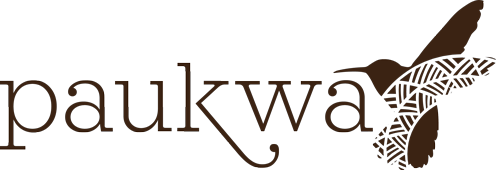The Kalenjin community comprises a large umbrella under which several smaller communities are housed, one amongst these being the Kipsigis. For a long time, this community that predominantly resides in Kericho and Bomet Counties has regarded celestial objects as symbols of God. The supreme Kipsigis deity is referred to as Asis or Cheptalel. The name Asis is derived from the root word asiista (sun), while Cheptalel comes from the word lilindo (brightness). While these names might infer that the Kipsigis worship the sun, the community simply use it to depict God’s attributes. Asis is not the sun, rather, the sun is a reminder of Asis’ omnipresence.
Sacred Places
There are three main places considered sacred to the Kipsigis: the mabwaita (family altar), the sach ooran (crossroads), and the kapkoros (clan altar). Family religious ceremonies such as ritual hair shaving, ear piercing, animal sacrifices, and tooth extractions, as well as communal rites such as initiation and marriage are centered around the mabwaita.
The sach ooran is a place where there’s a fork in the path or road that forms a Y-figure. These kinds of crossroads are considered sacred and used as shrines. Altars are not built at the sach ooran, instead, the Kipsigis cast leaves on these intersections that heap up considerably over time. Disease cleansing rituals are done at the sach ooran, and everyone who walks past is obligated to drop a leaf as a form of prayer. This ceremony is known as keewiirta sogoot (throwing of a leaf) and symbolizes getting rid of diseases. The sach ooran is also used as a guide for hunting parties; the leader of a hunting party drops leaves along the way in the direction he has taken so that other men can follow.
Significance of the East direction in Worship
The kapkoros is a clan altar on which communal worship takes place. Once a year, the entire community gathers at different kapkoros which are typically on a hilltop to worship Asis. The kapkoros are not to be desecrated by performing any other activities on them, not even grazing or cultivating. The prayers at kapkoros are led by two tiisik (priests). These are family men with exemplary reputations who are property owners and debt-free. While leading prayers, the priests traditionally wore special gear made of the skin of a black colobus monkey. This was only meant to be worn for worship at the clan altar. Aside from the annual day of communal worship, kapkoros were also traditionally used to bless warriors before their departure for battle or a cattle raid.
Directions bear great significance in Kipsigis worship and rituals. This community is especially conscious of the east and west directions. The east is associated with Asis, revered for the prosperity it brings. The west, on the other hand, is viewed as the direction that brings darkness and decline. Prayers at kapkoros are done while sitting facing the east and the mabwaita is built on the east side of the house, whereas burial rites are conducted at sunset and on the west side of the homestead.
Comment and let us know other communities that intentionally incorporate directions in their traditional worship.
#DiniZetu

